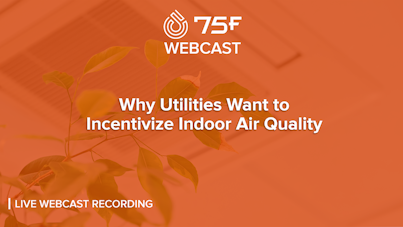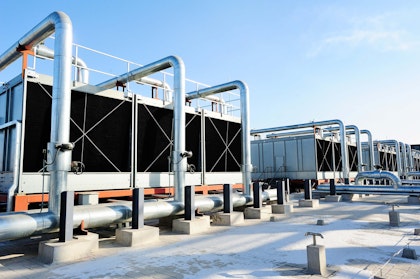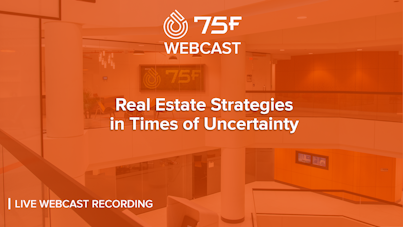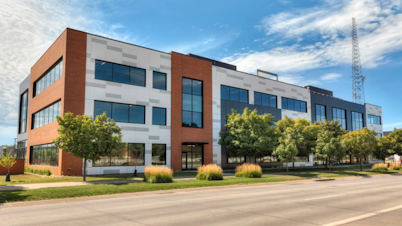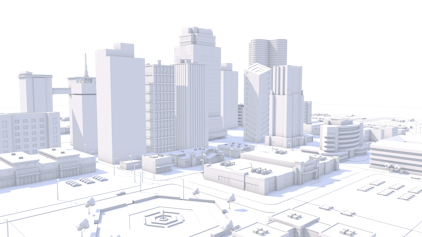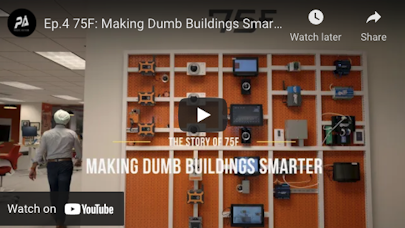
Resiliency in IoT-Based Building Management Systems
The advancement of cloud technology and its ability to adapt to specific industry needs has revolutionized the way many businesses operate. From Google Nest in residential buildings to smart watches, cloud technology is well developed and stably deployed across many industries and countless B2B and B2C products. Yet, the commercial Building Management System (BMS) industry sticks out for its laggard adoption of cloud-native technology.
The BMS has been around in one form or another for decades — and the technological foundation of those systems in today’s buildings are largely the same as they were in the 1980’s and ‘90s. Without the flexibility of the Internet of Things (IoT), these traditional systems are rigid, highly customized, intensive, and expensive. While the traditional BMS is increasingly included in the project scope for many new, large developments and retrofitted into some commercial buildings for better efficiency and comfort, their functionality is largely offline and more complicated than necessary considering the power of modern technology.
Solutions using cloud computing, IoT-connected smart sensors, remote monitoring, meaningful reporting and analytics, and AI-tuned controlling are major tools for today’s building management business leaders, who strive to keep costs down while demonstrating responsible and healthy management of their spaces to occupants and investors. With an IoT-based BMS, building operators have all these tools and moreat their fingertips.
However beneficial these systems are, it's common for those unfamiliar with the IoT-based BMS to wonder how stable a system can be if it relies on an Internet connection to function. Here's the short answer: The IoT-based BMS does not require the Internet to function at its core.
A new white paper from our Director of Product Development offers a deep dive into this commonly questioned topic. What factors contribute to the stability of an IoT-based BMS? The white paper explores these themes:
· Inherent benefits of cloud-native building management compared a traditional approach
· The cloud environment: Why is it better, and is it secure?
· The system architecture of an IoT-based BMS
· System redundancy in each layer of the IoT-based BMS
· Disaster recovery should any layer fail to function
· Denial of Service (DoS) or Distributed Denial of Service (DDS) attacks and system response
· Basic security protocols at each stage of the product lifecycle

